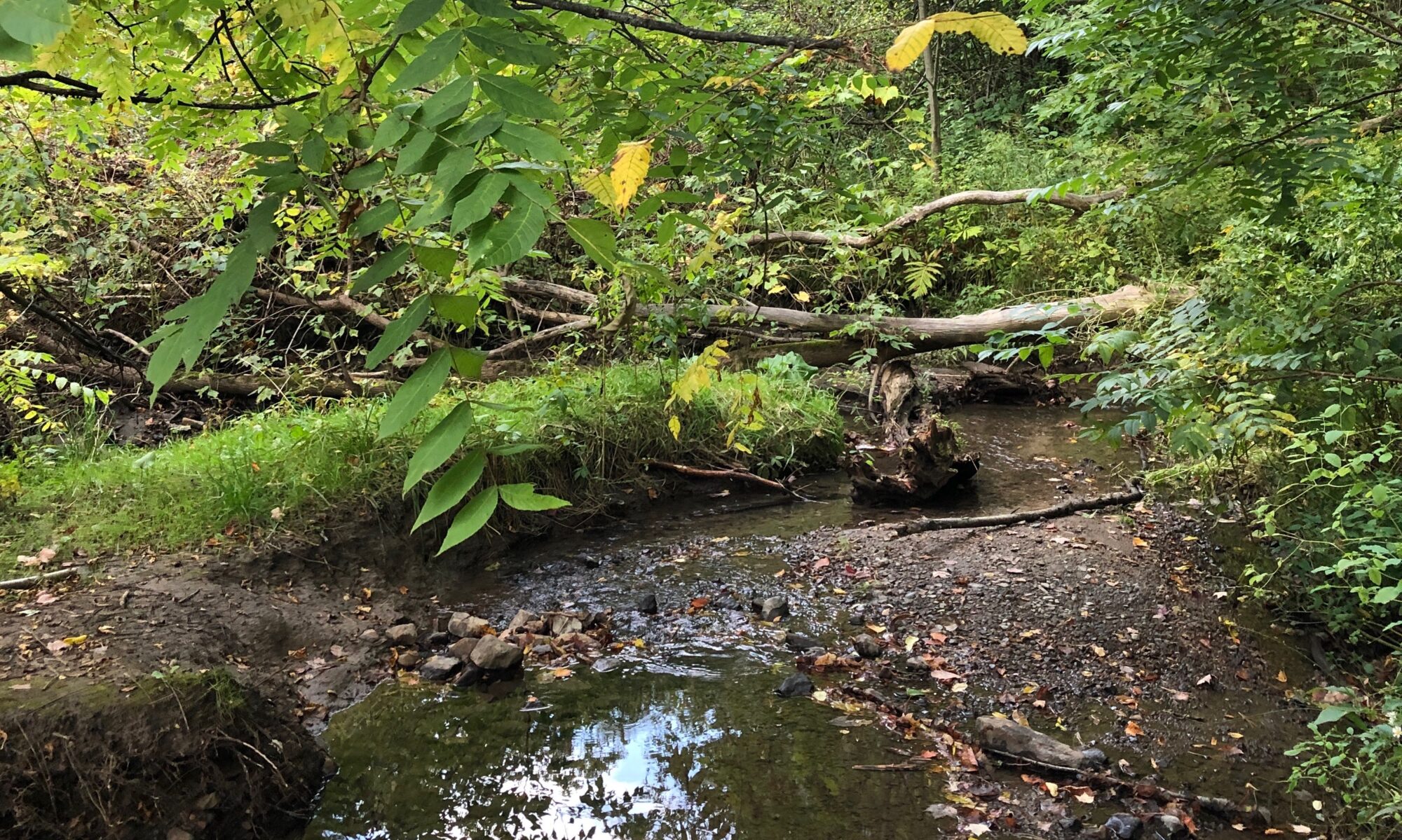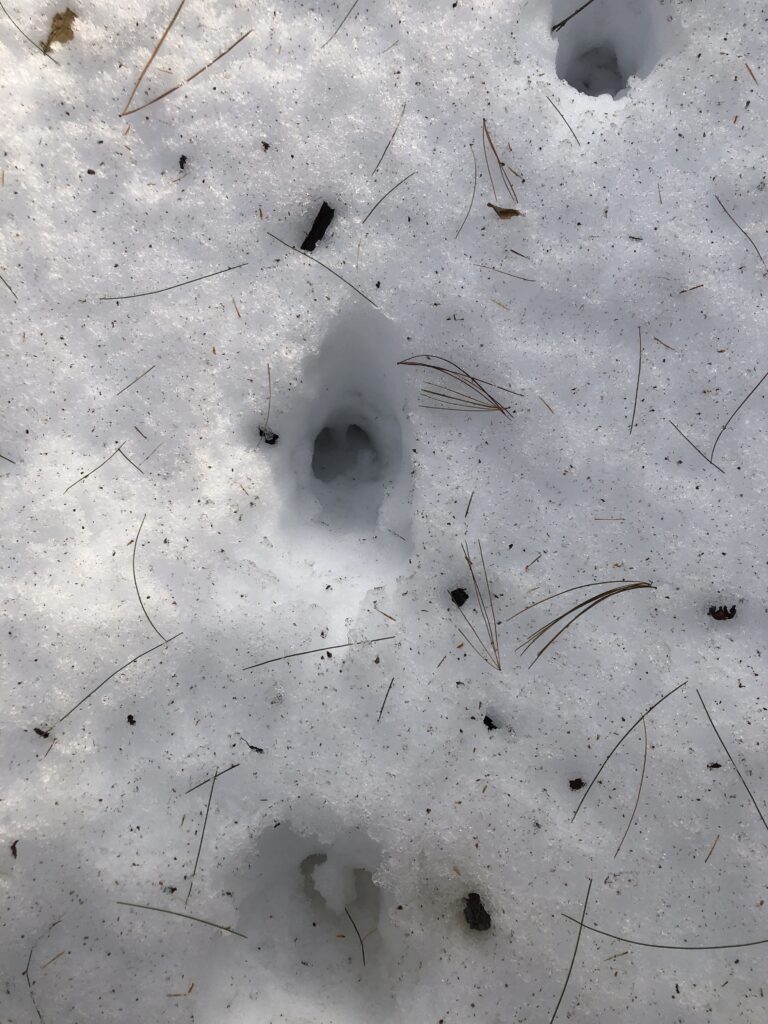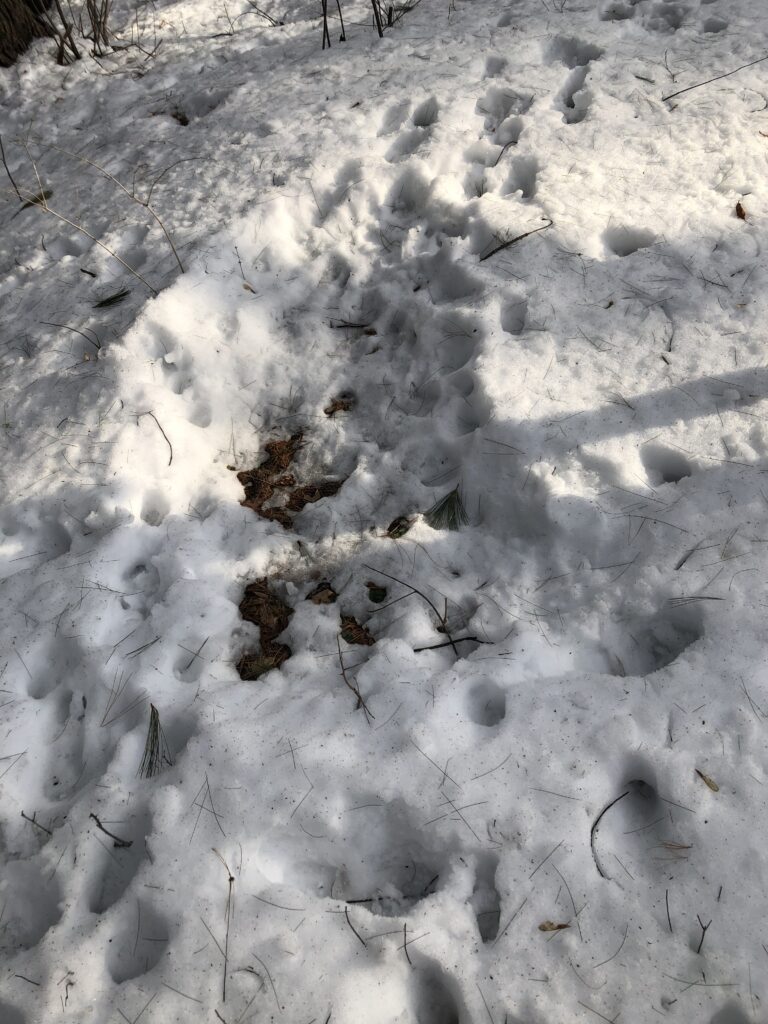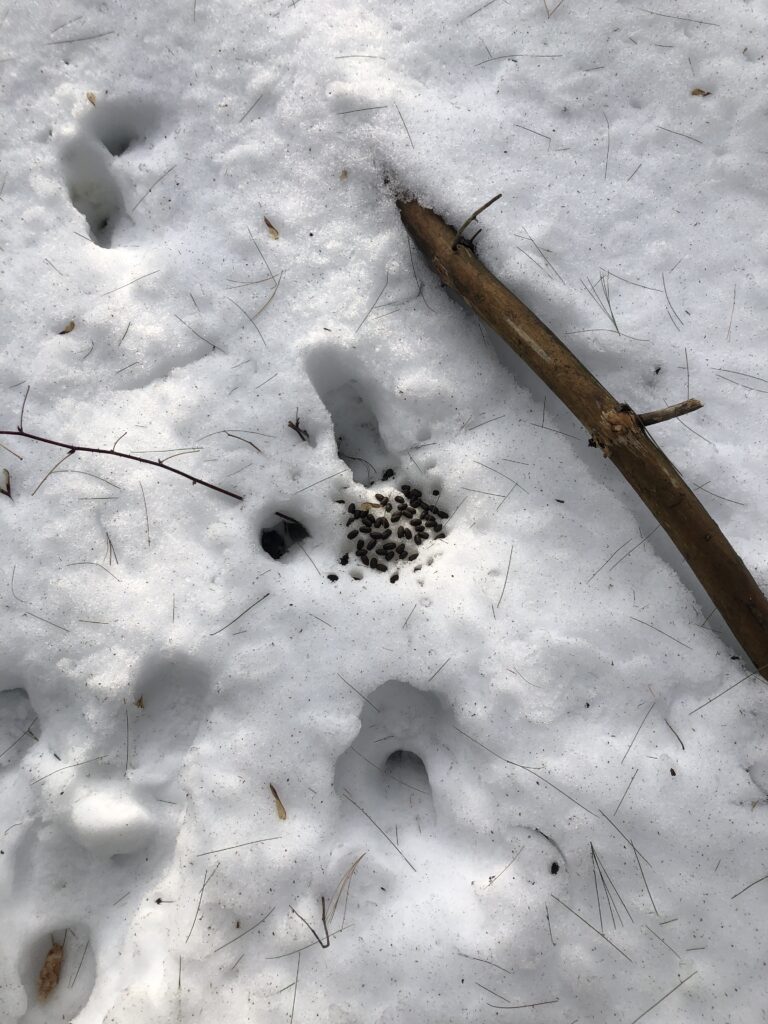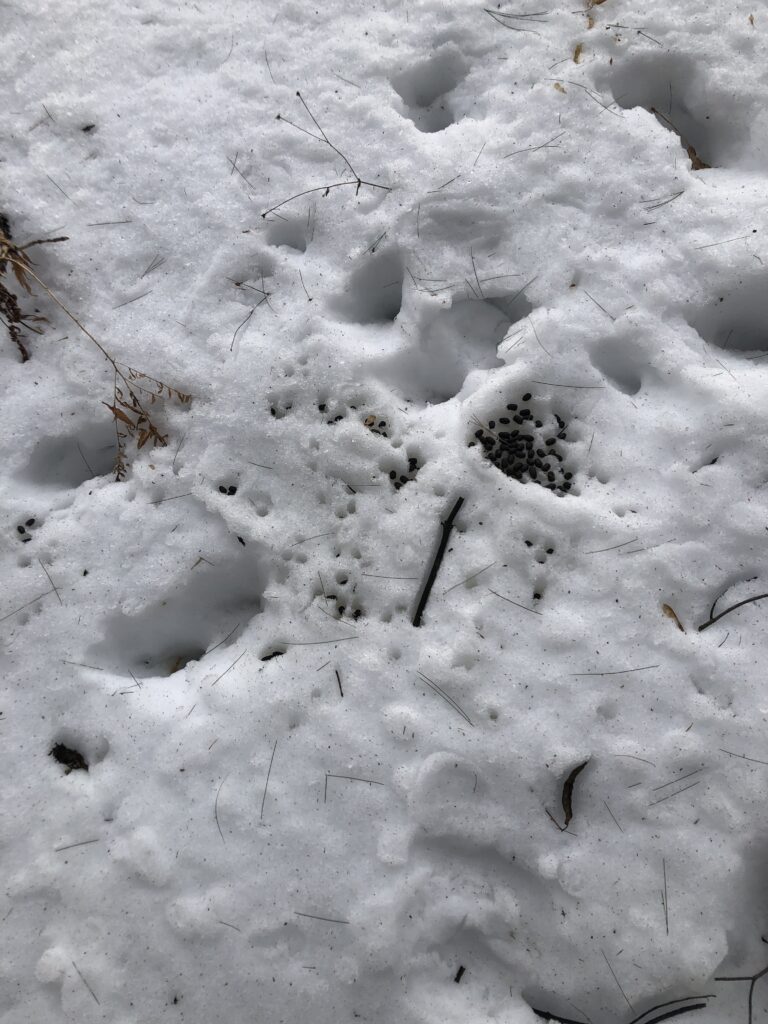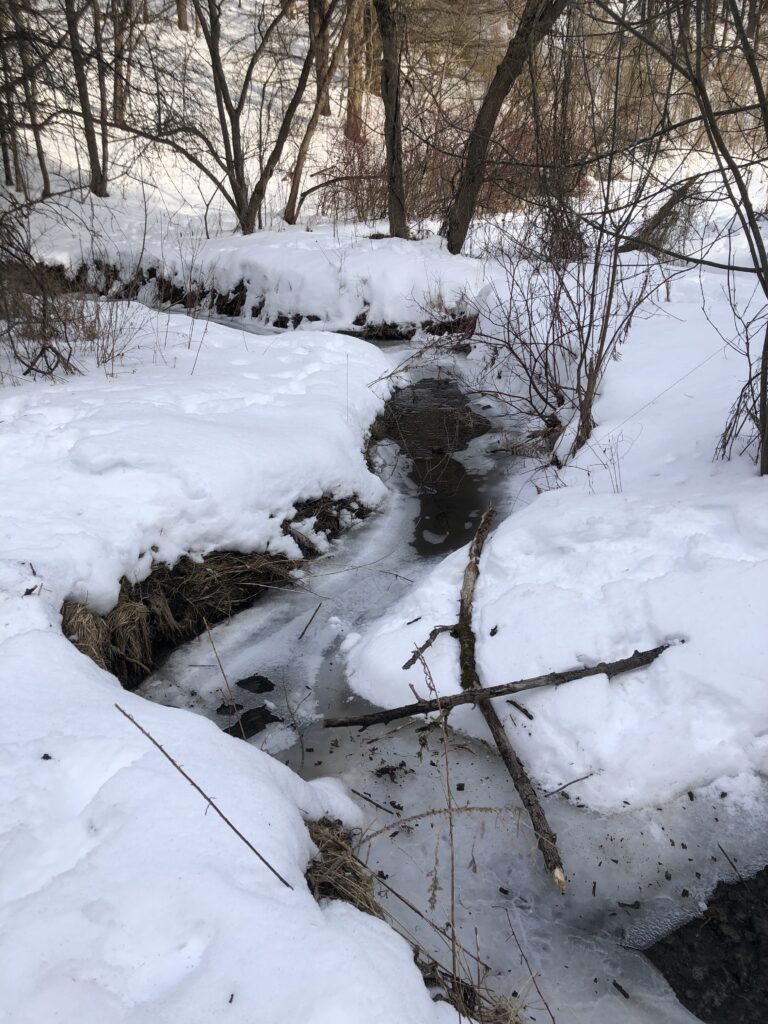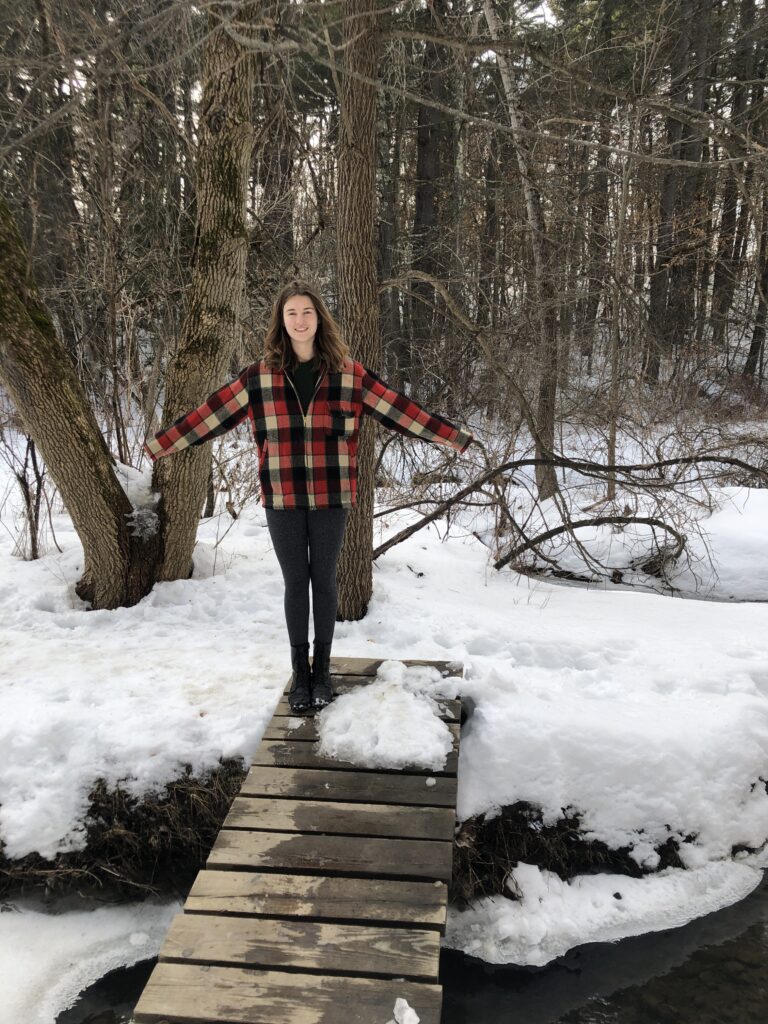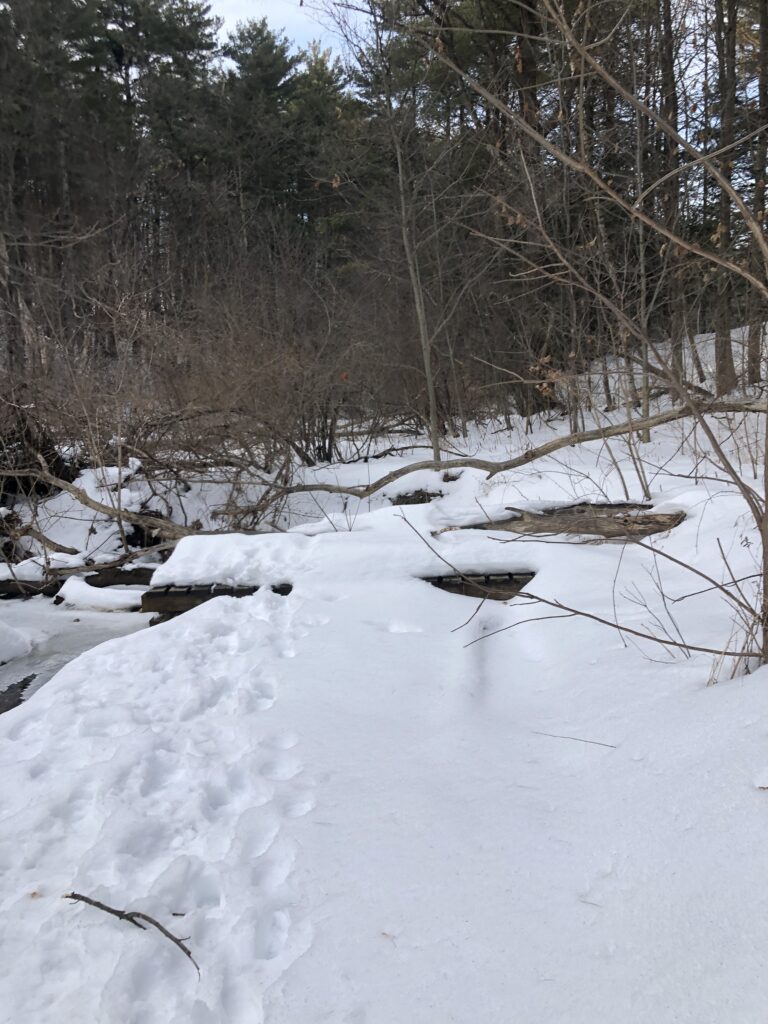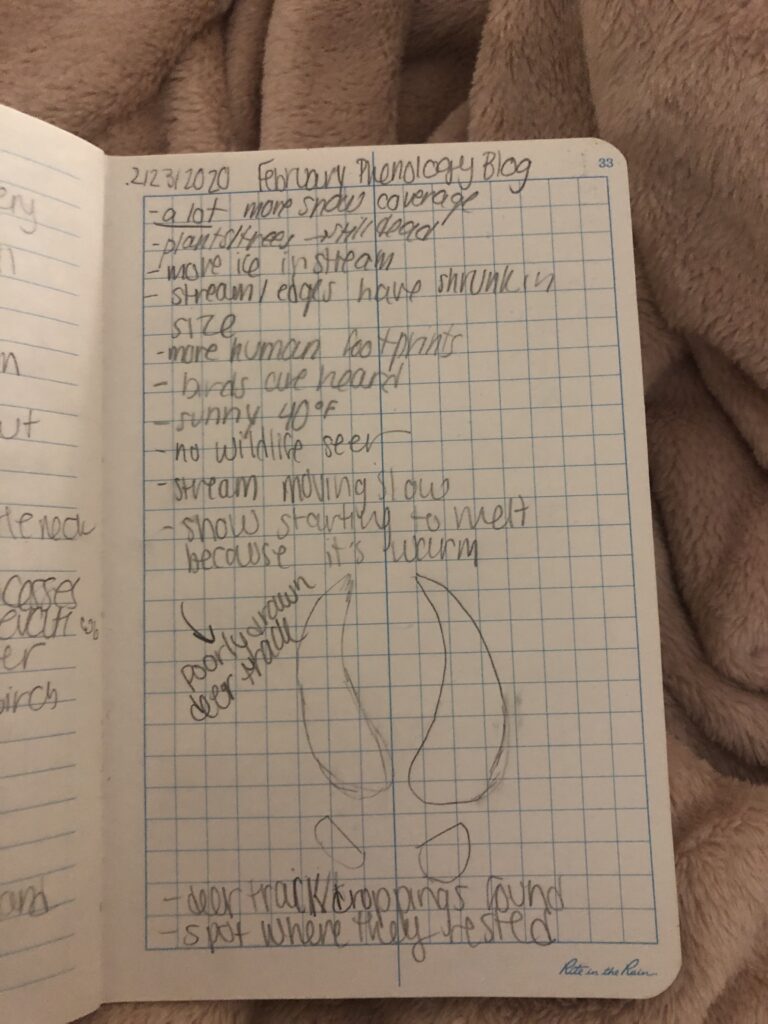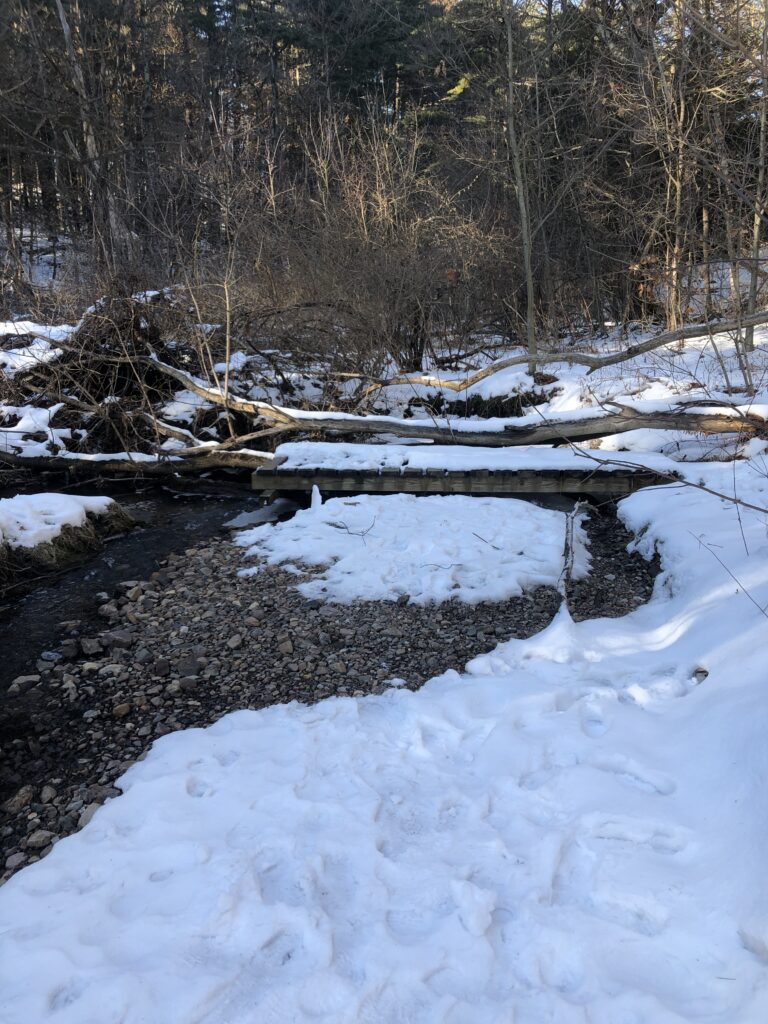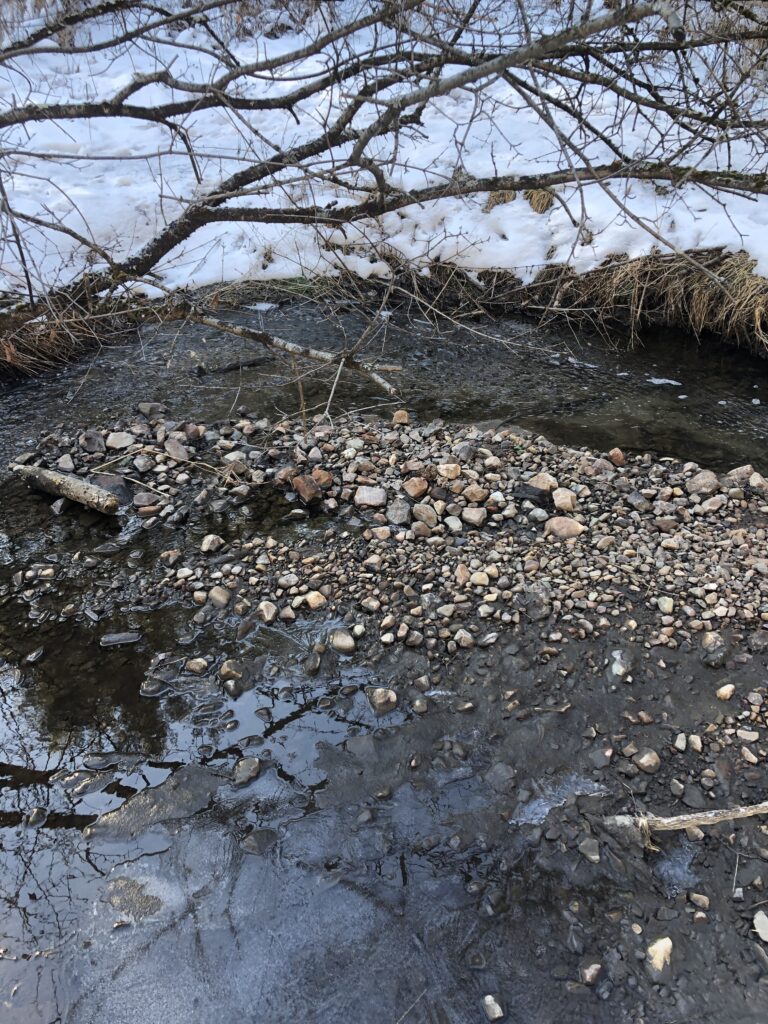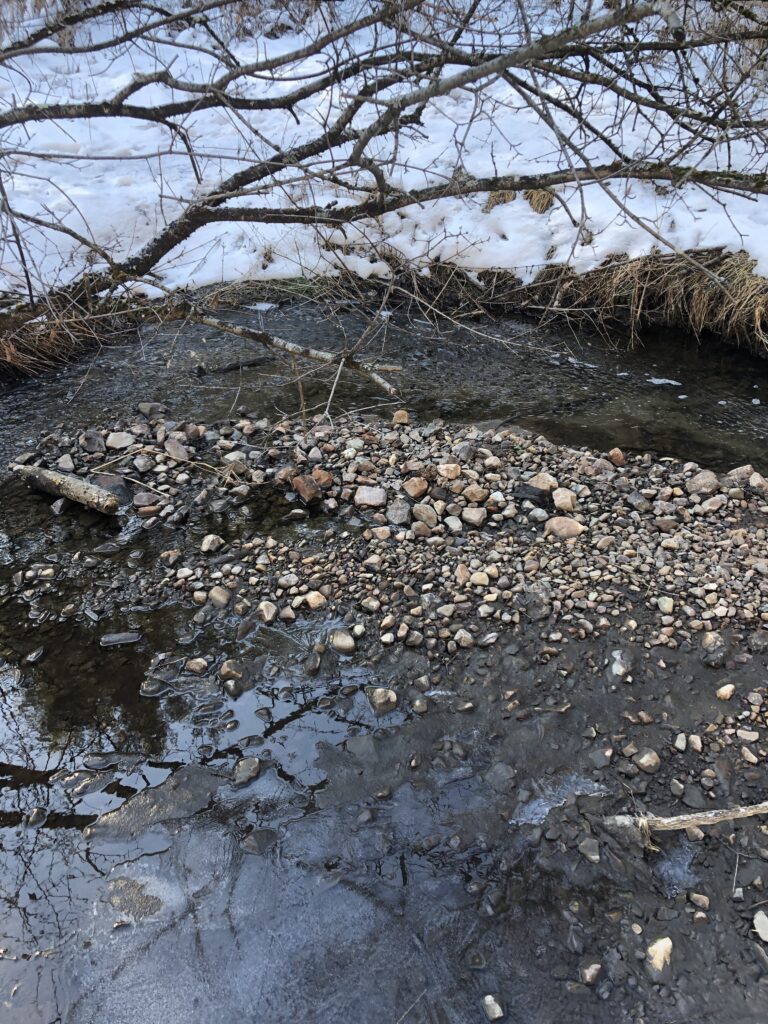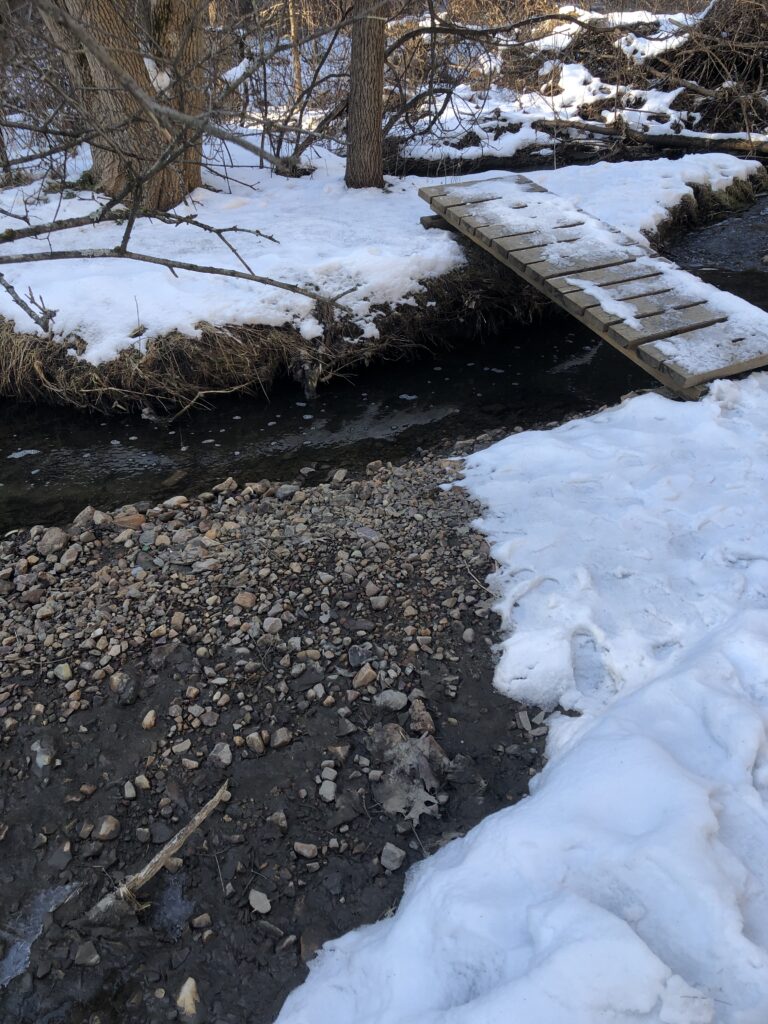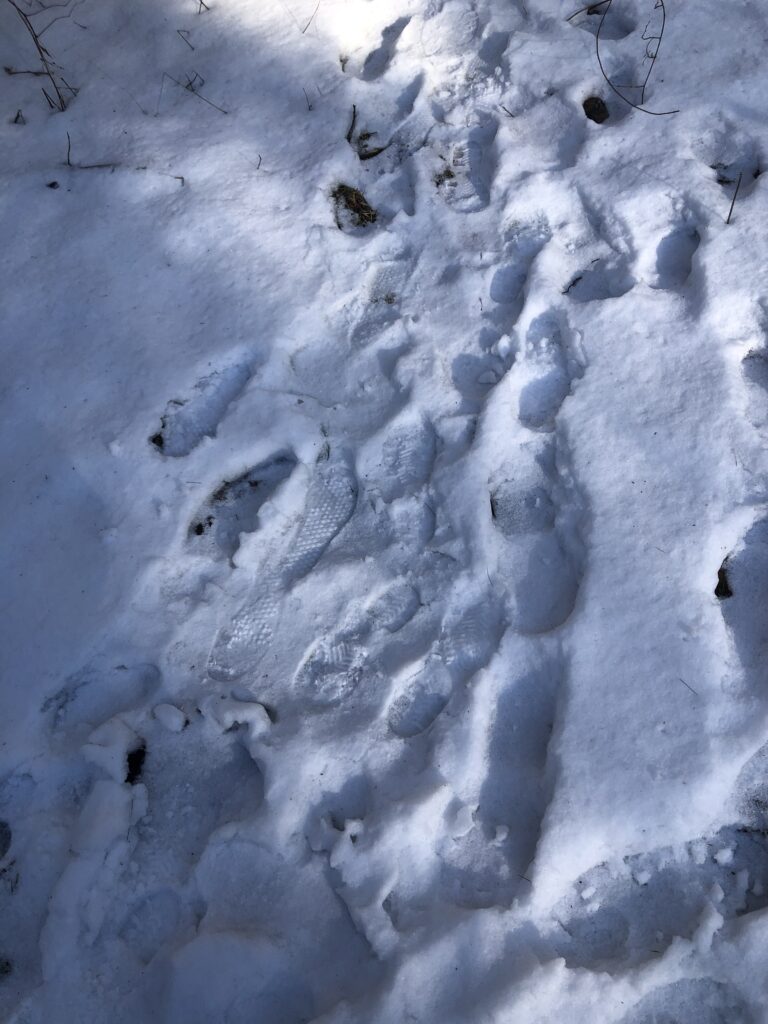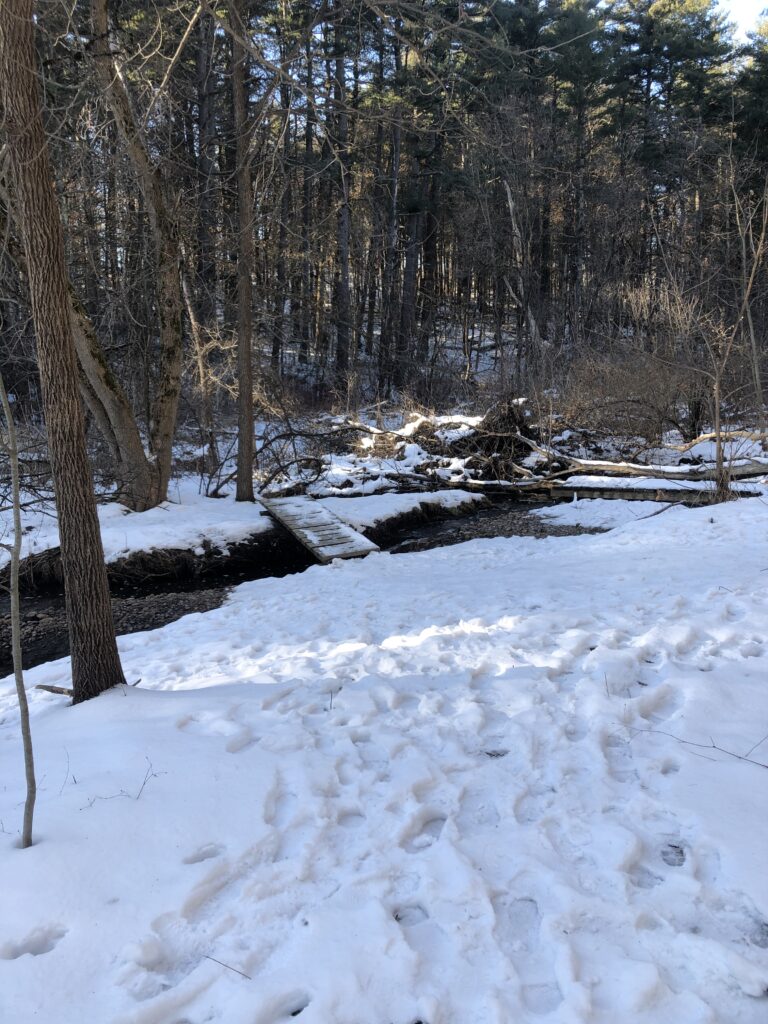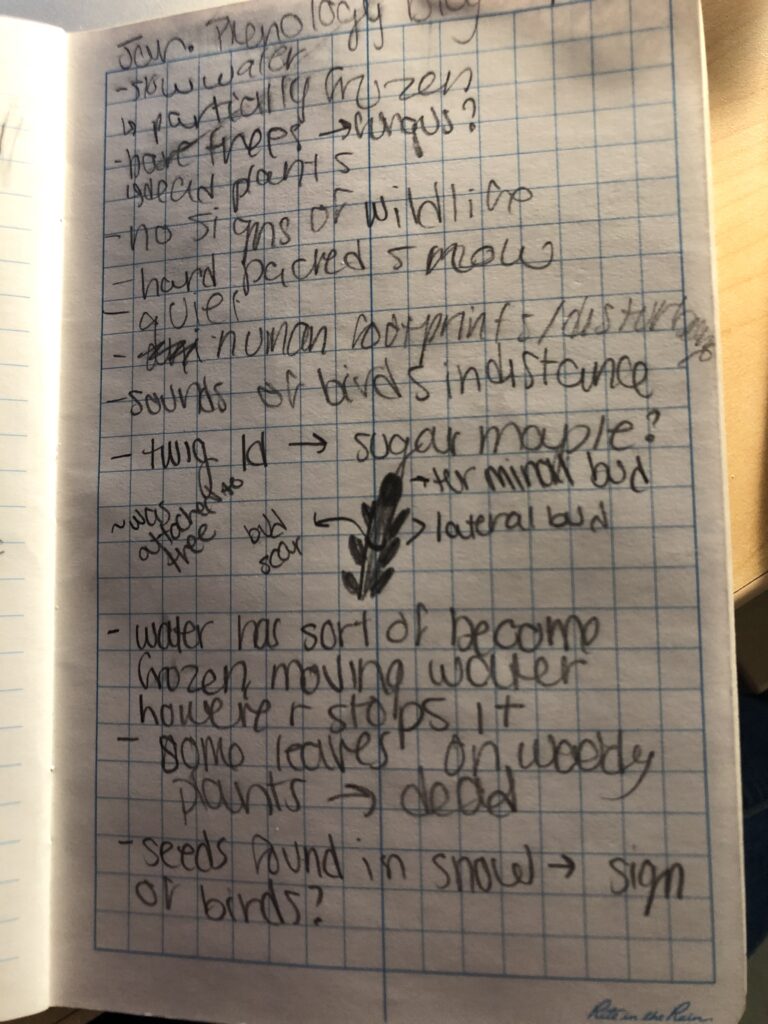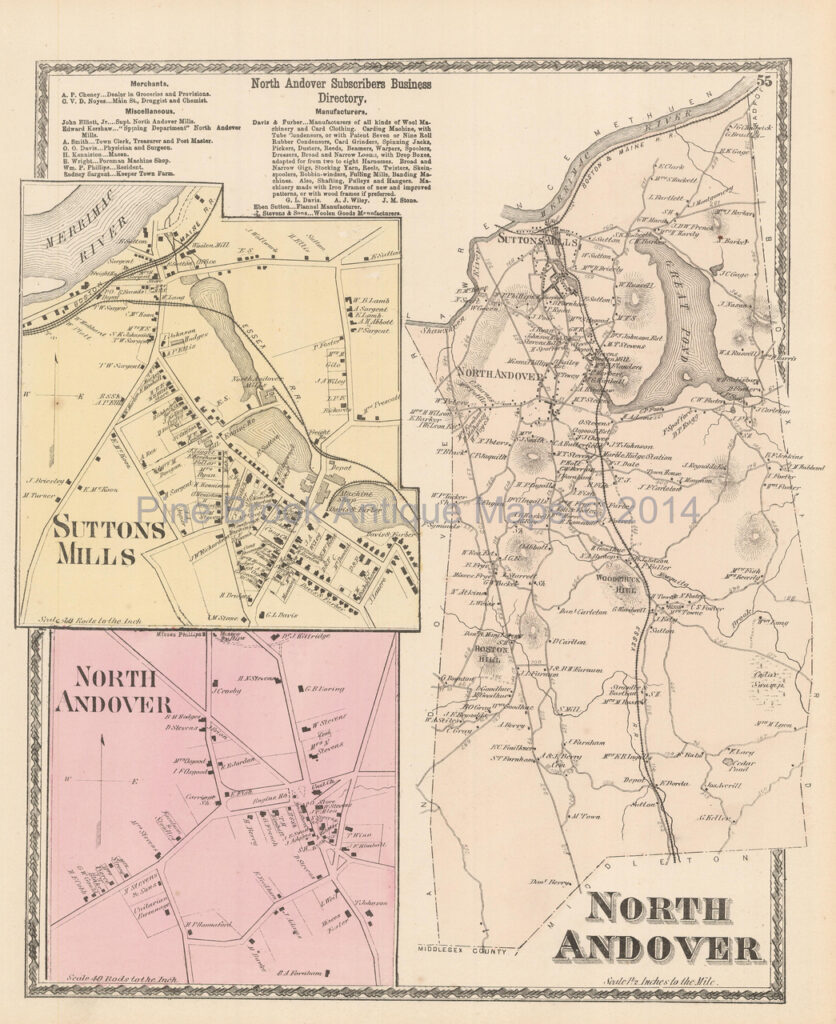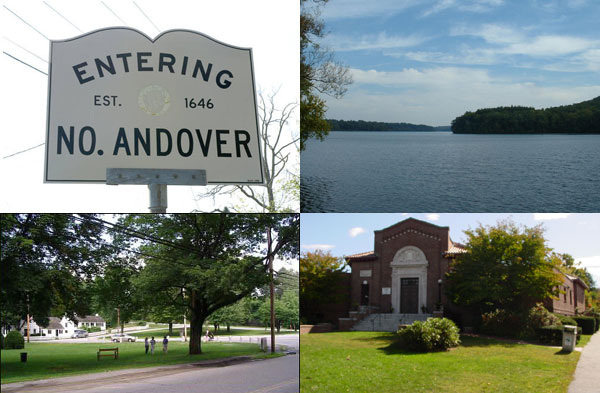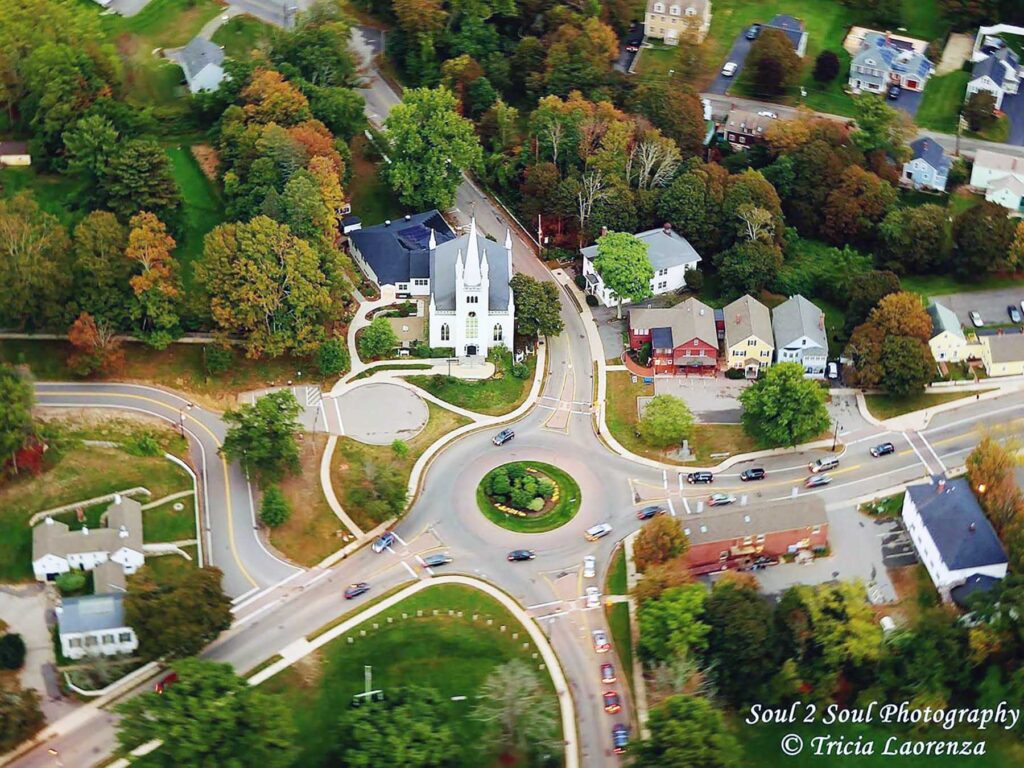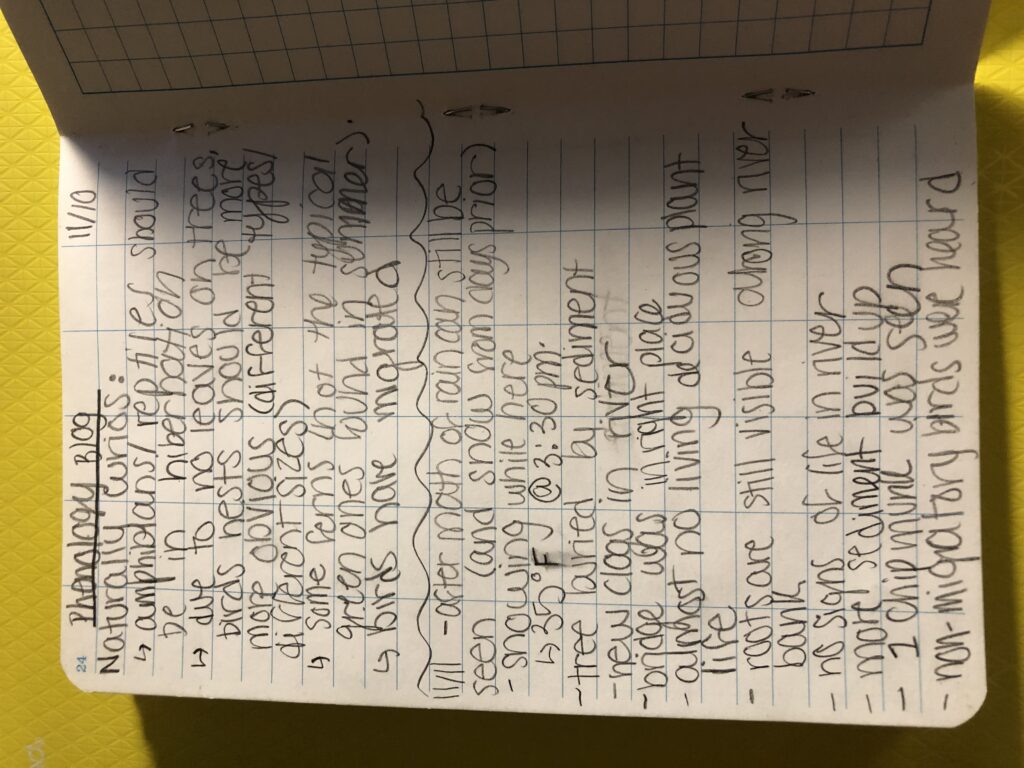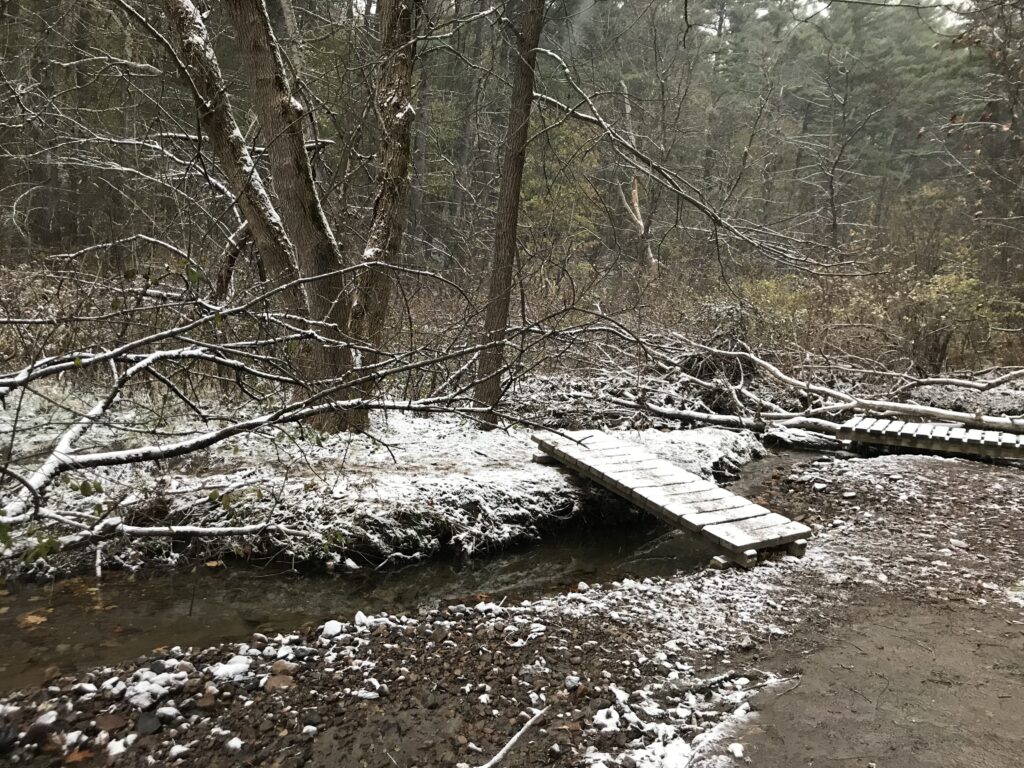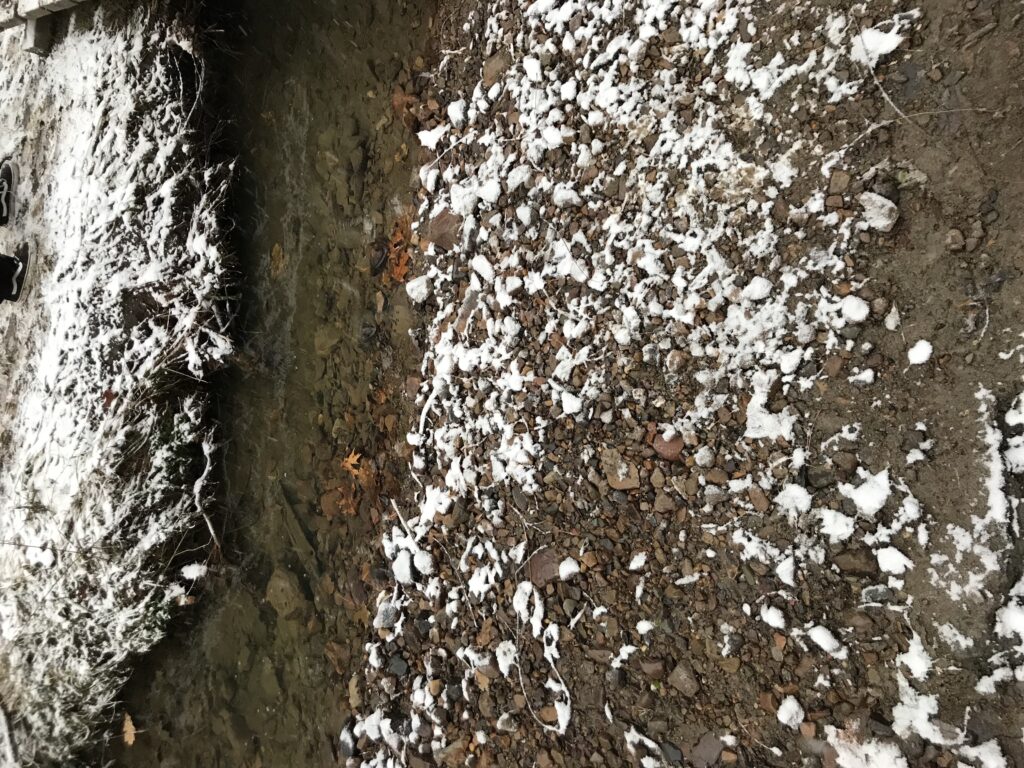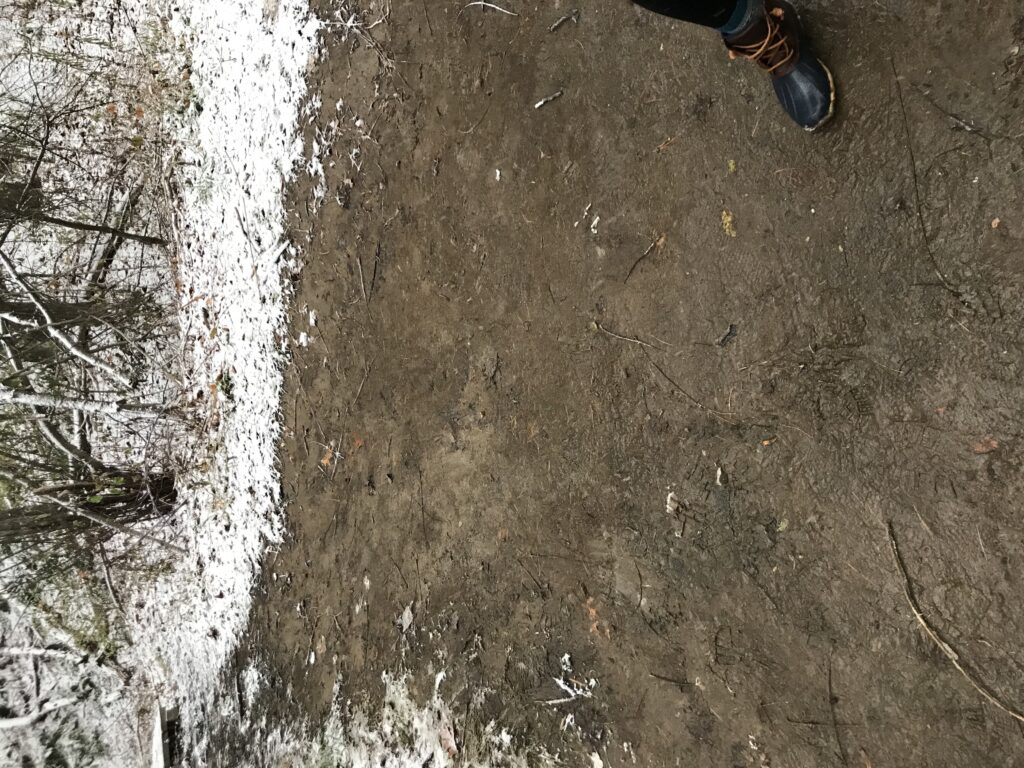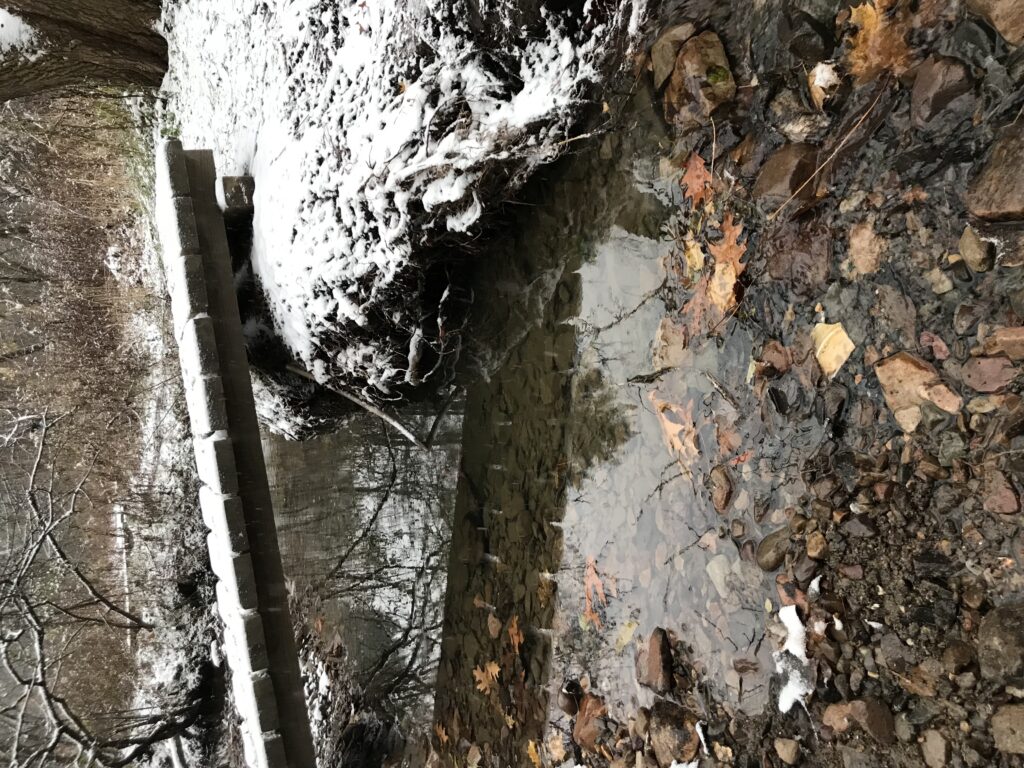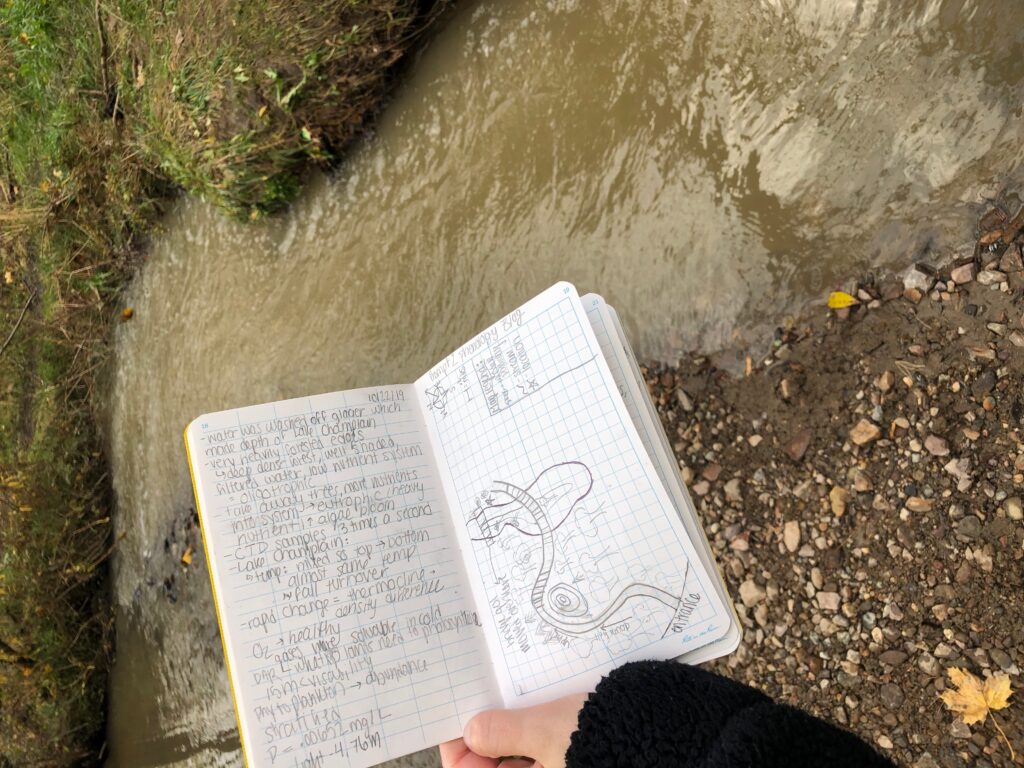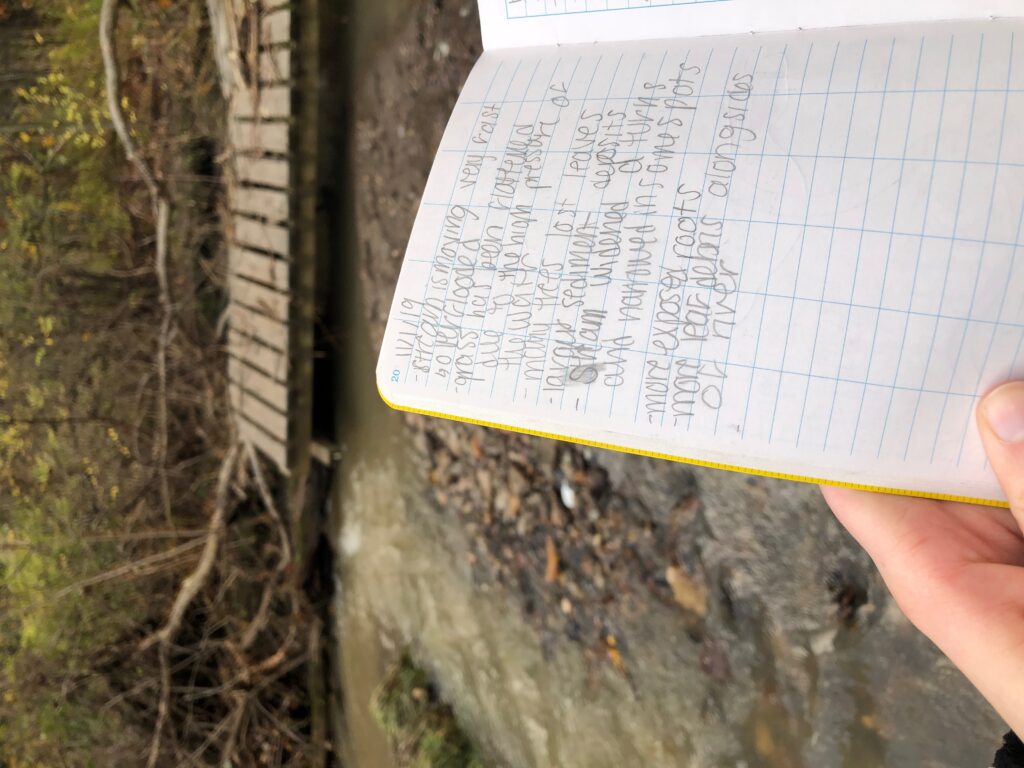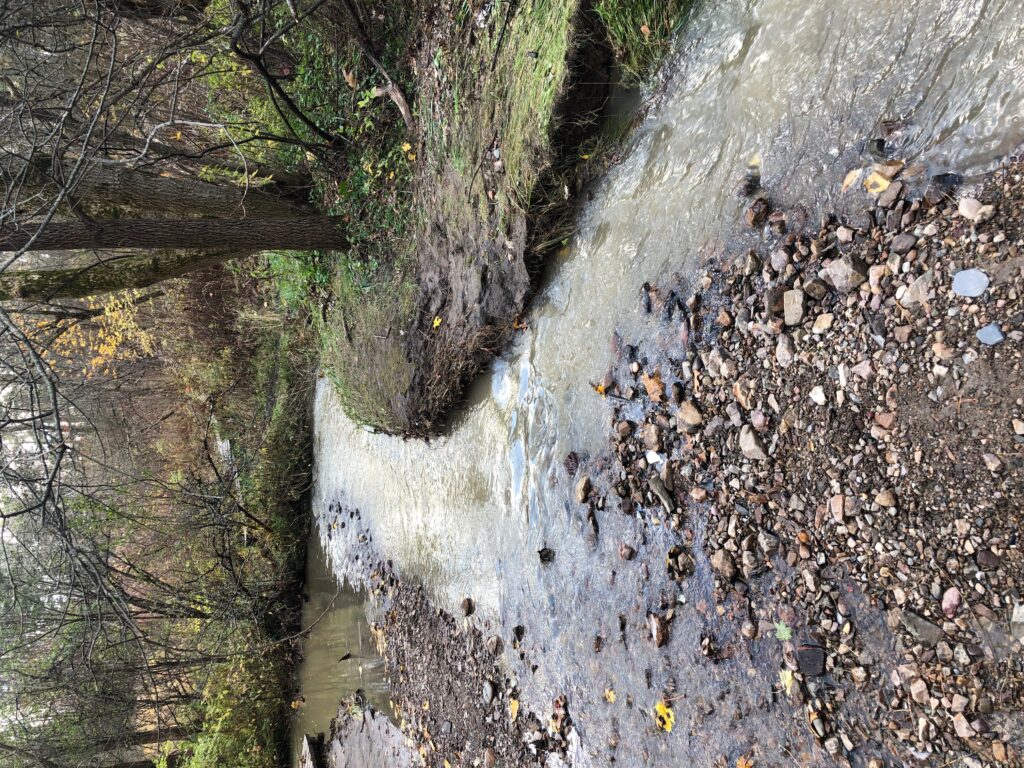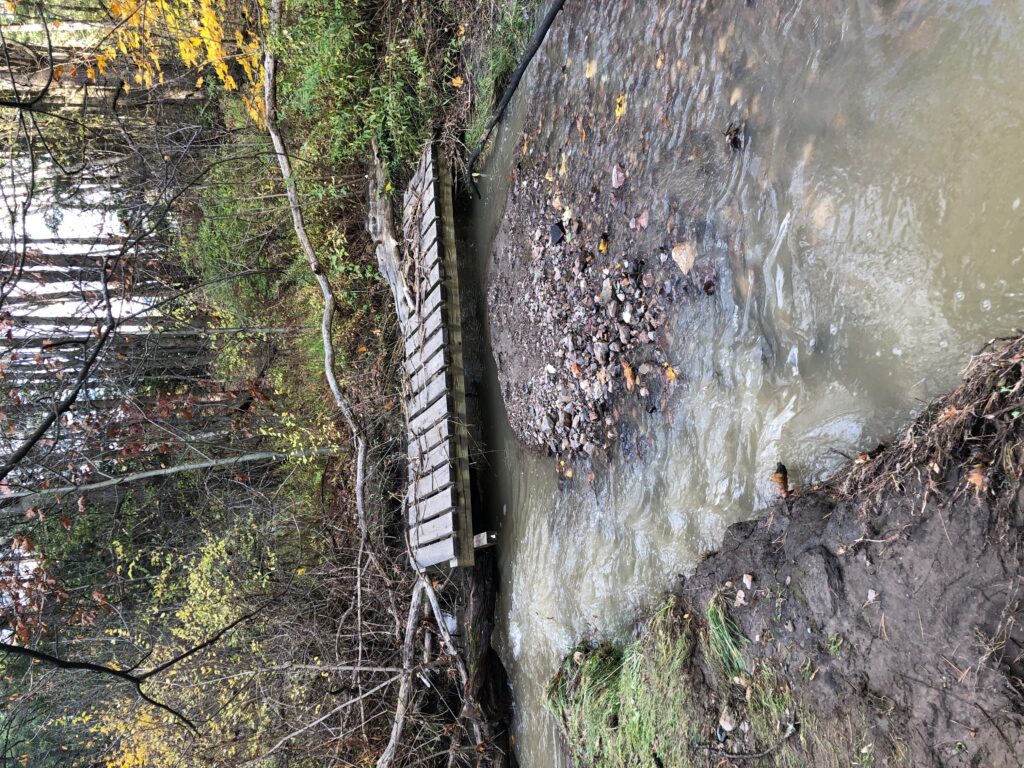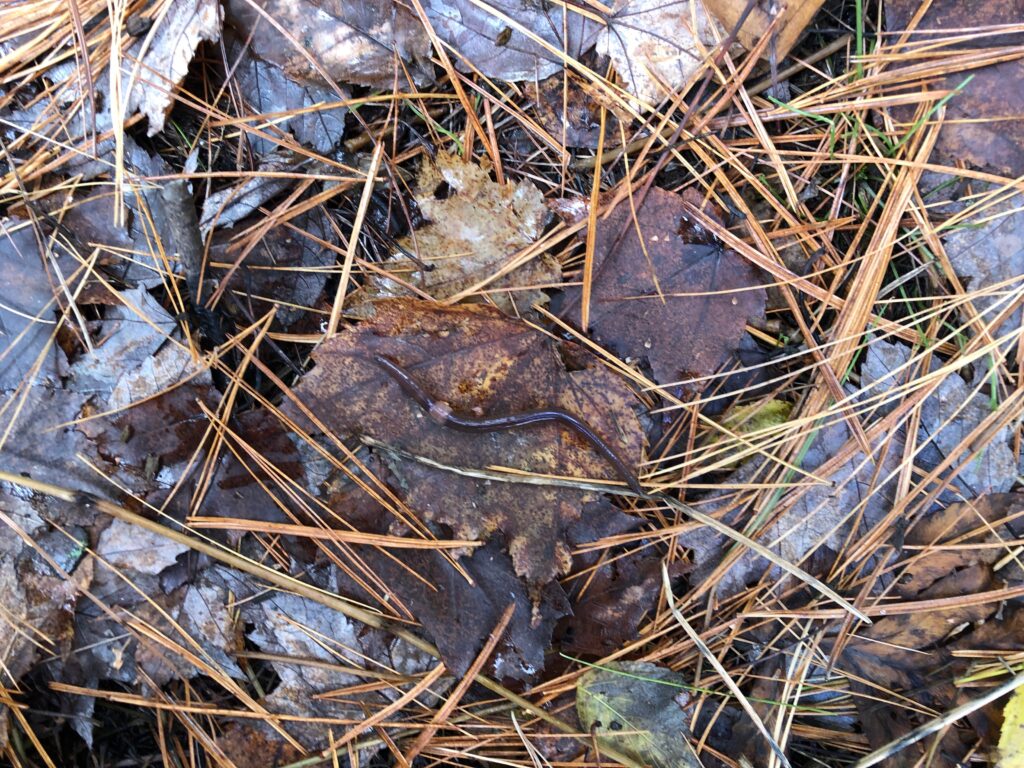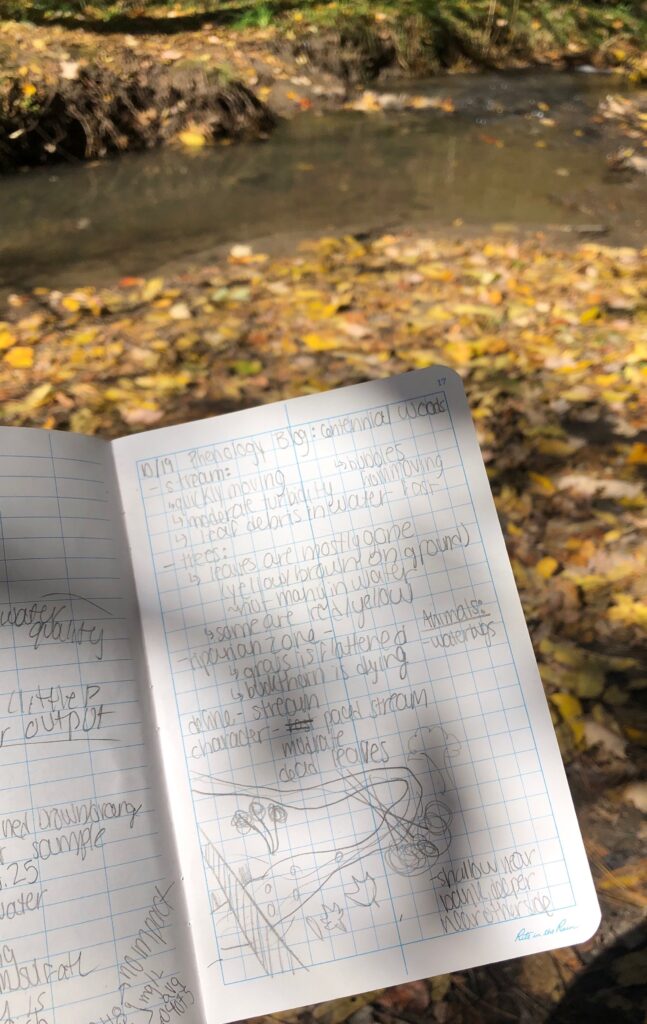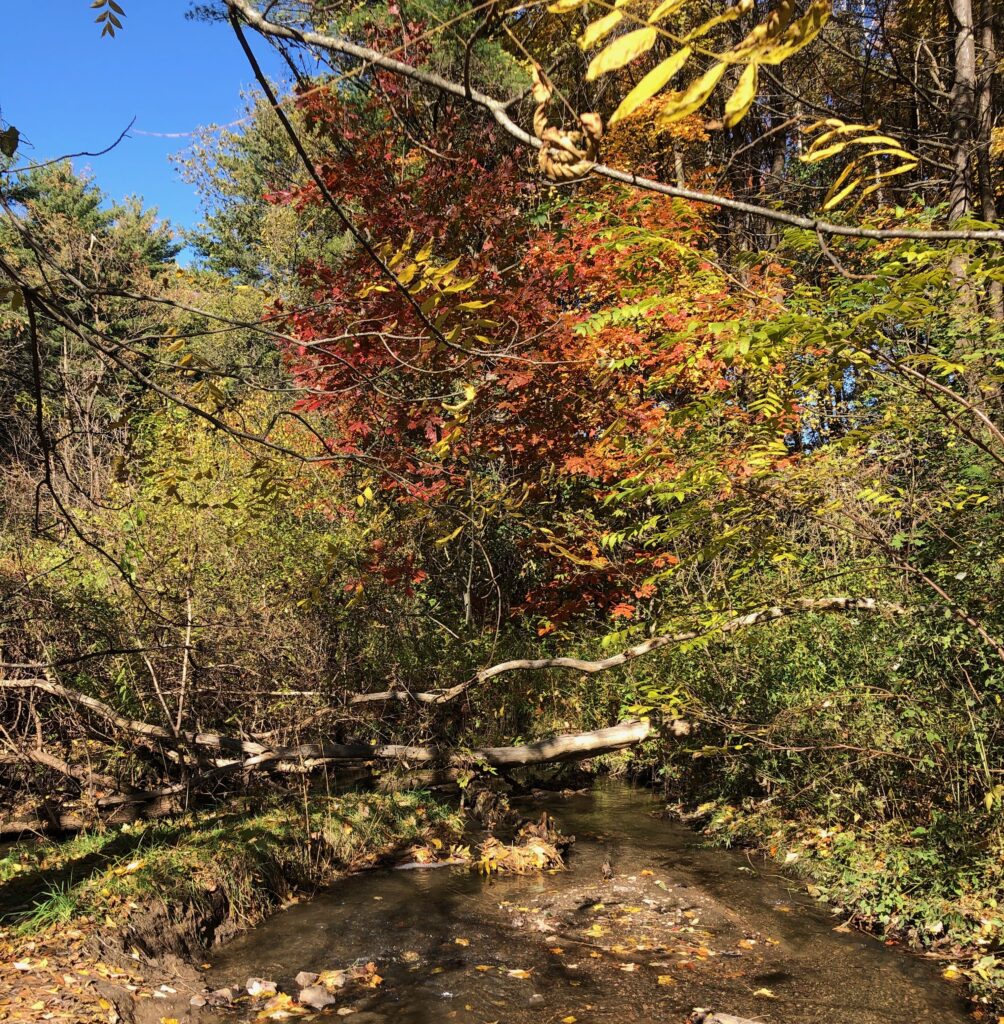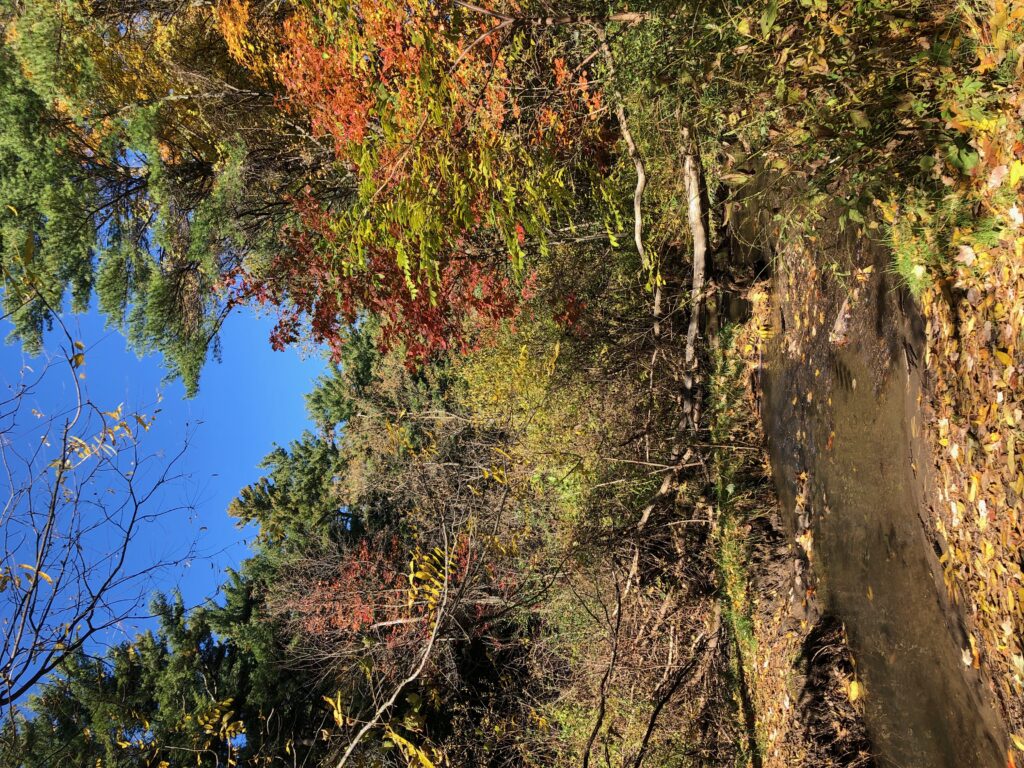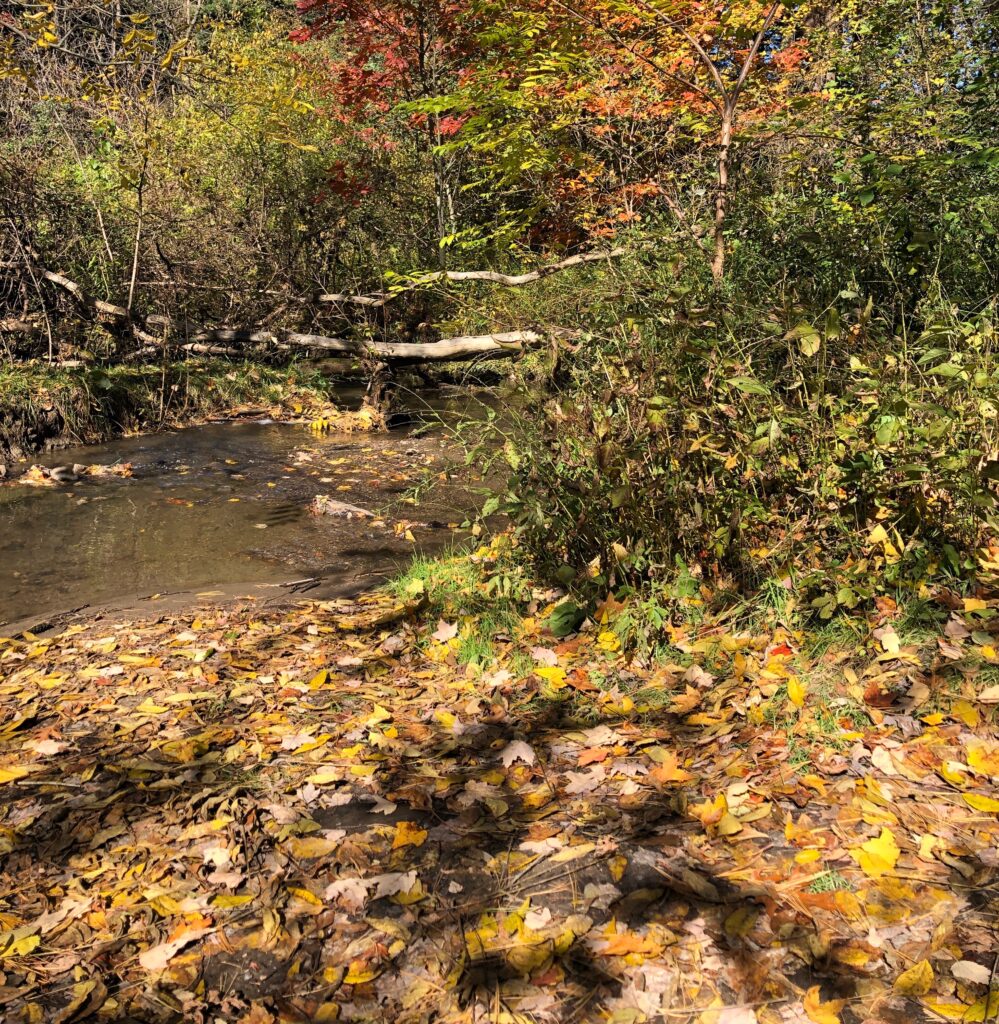March has been a pretty crazy month. From spending the first half on campus in a snow filled, chilly Burlington, and then coming home to Massachusetts where it has been warm and no-jacket type of weather. Leaving my place in Centennial Woods is somewhat sad but being able to reflect upon changes at home has been really interesting. For this month I decided to reflect on the relationship between time during the day with temperature.
For the majority of my week spent reflecting from my window and the very few times I went outside, it had constantly been warm at about 50*C during mid-day (which is warm for New England). Each and every morning I would begin by looking at the weather app to see how much the temperature would change throughout the day because I was not about to wake up early and feel how cold it was outside. In the morning, the temperature would be around 40 degrees and then mid day reach the high and from then on become colder. This relationship is so fascinating even though it makes sense as to why it occurs (as the sun rises it gets warmer and as it sets it becomes colder).

As I sat up in my third floor bedroom, looking at the window (and the weather app) I could tell which days would be colder and warmer. Most of the week the sun was out and when my window was open, I could hear the birds chirping in the distance. On March 23, the sky was gloomy and the temperature was cold. Around 4pm it had started to snow and for the rest of the night it continued in a continuous, heavy-ish snow. It continued for most of the night and the next morning I woke up to about 6 inches of snow. Sadly, as the day passed and the sun came out, the snow had disappeared by 3pm. It is so crazy how fast things can change with the temperature and time of day.
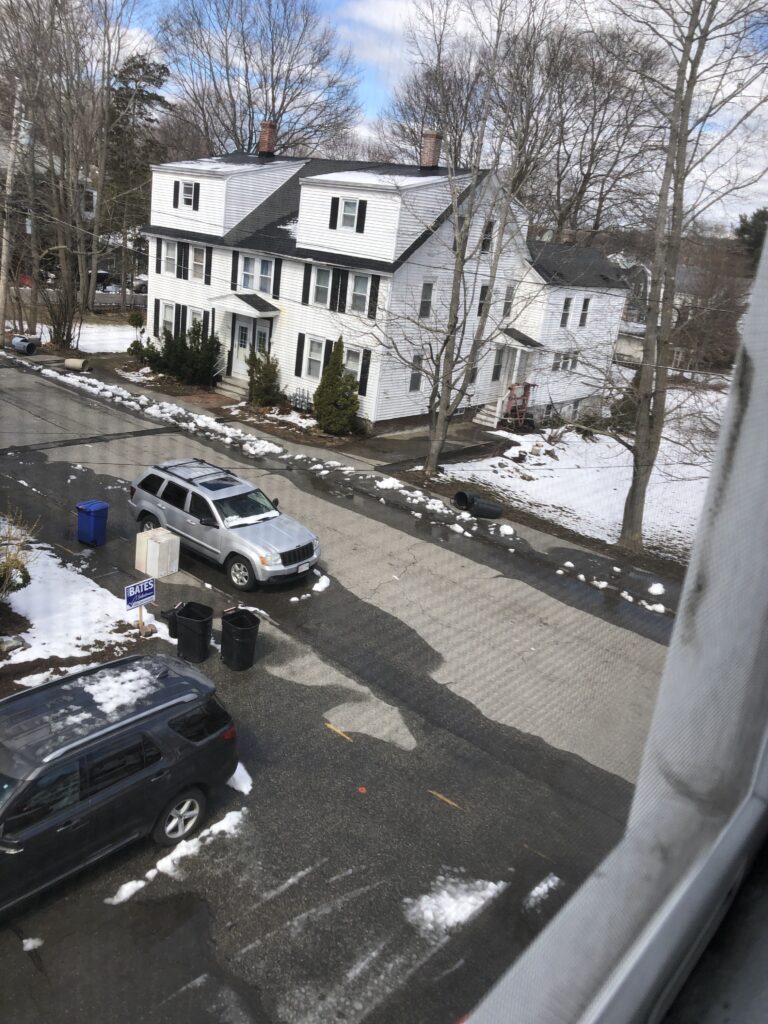
Bare Trees and Melted Snow 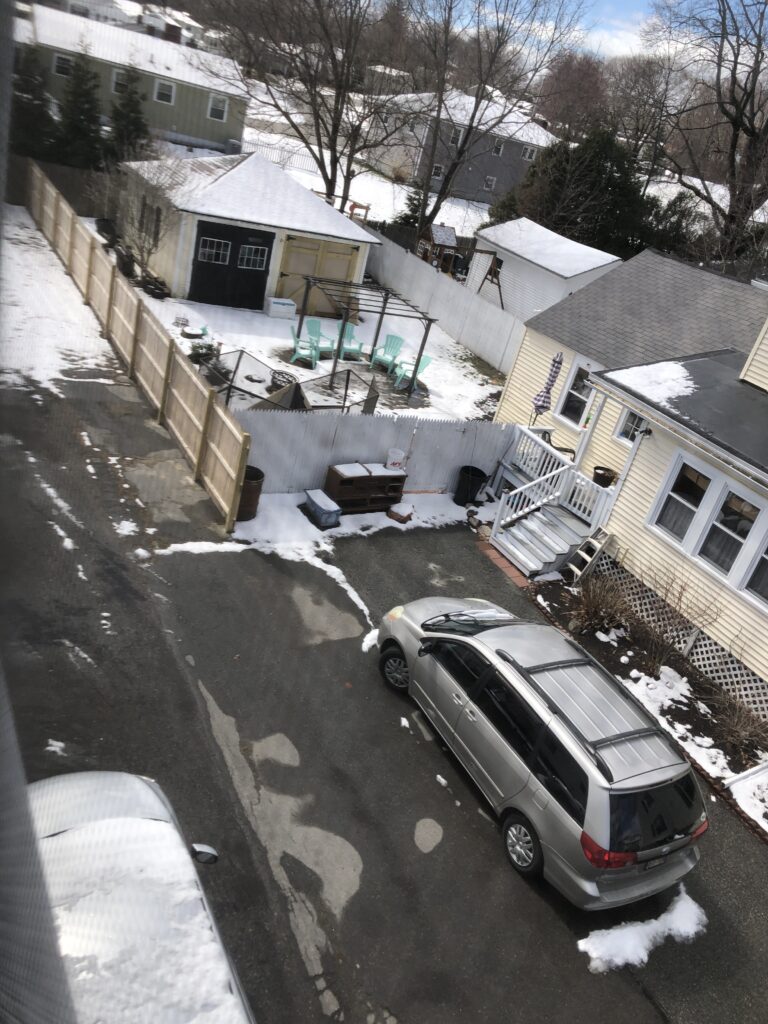
Picture of Snow Melting 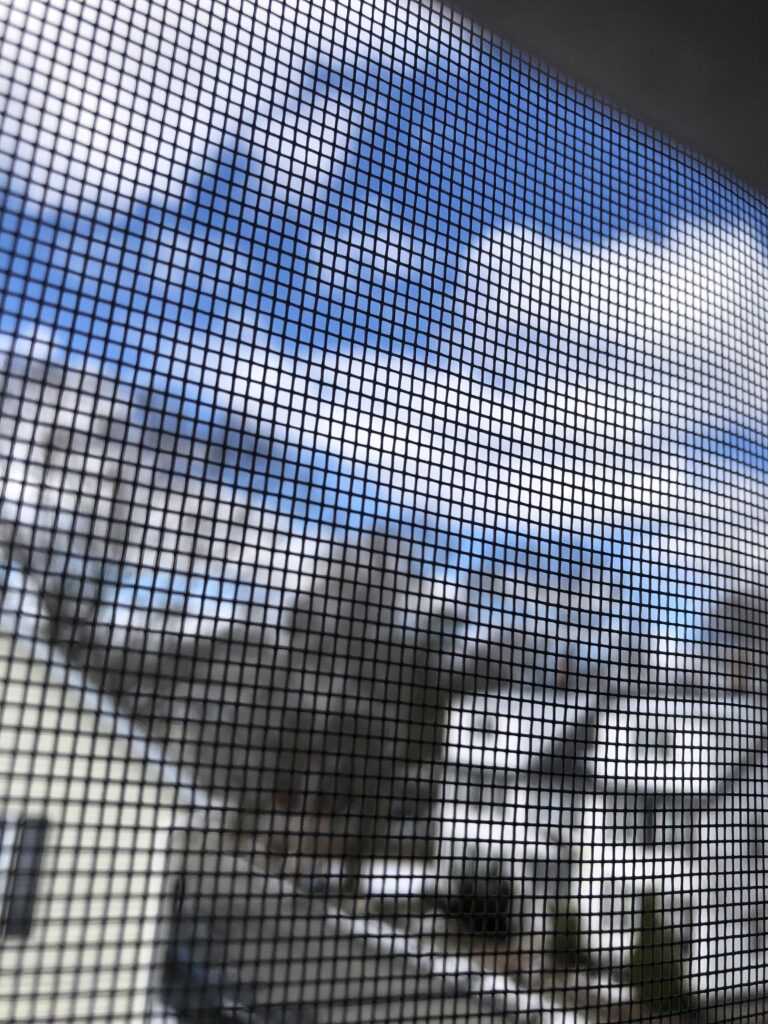
Clear skies
On March 26, I finally made the mood to go outside for an hour to reflect on time and temperature. I sat out on my back steps in the sun feeling the warmth increase with the hour. The snow was all gone, the birds and squirrels were moving through the trees. Time and temperature are a really unique thing.
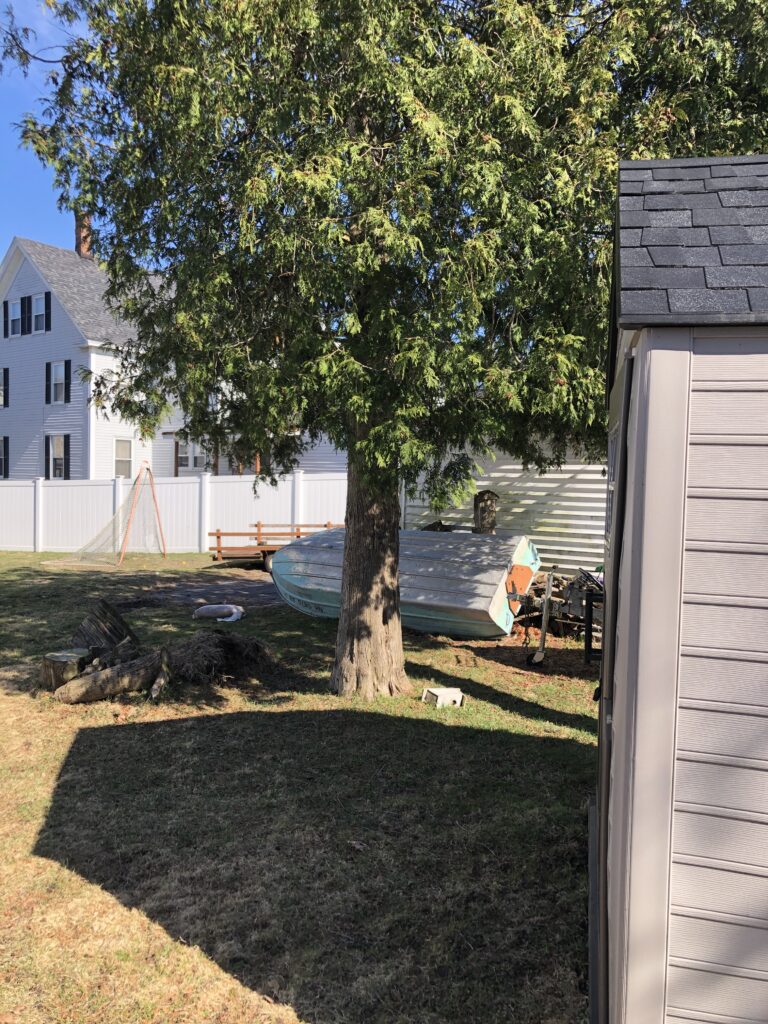
Tree in Yard 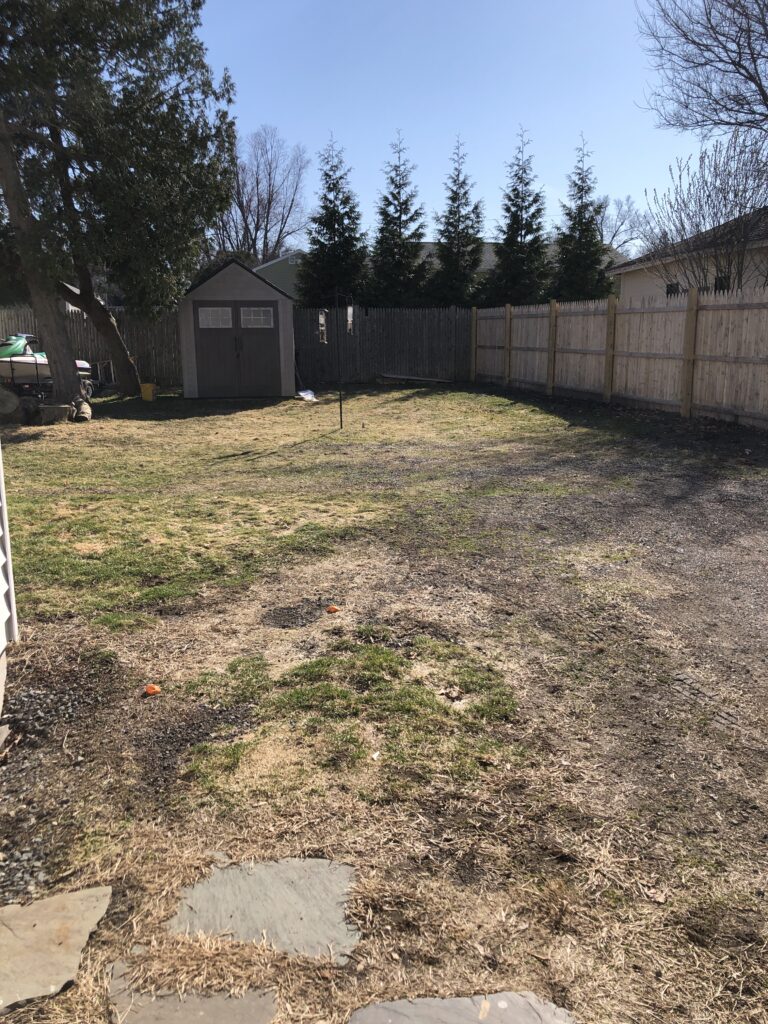
Sky and Land 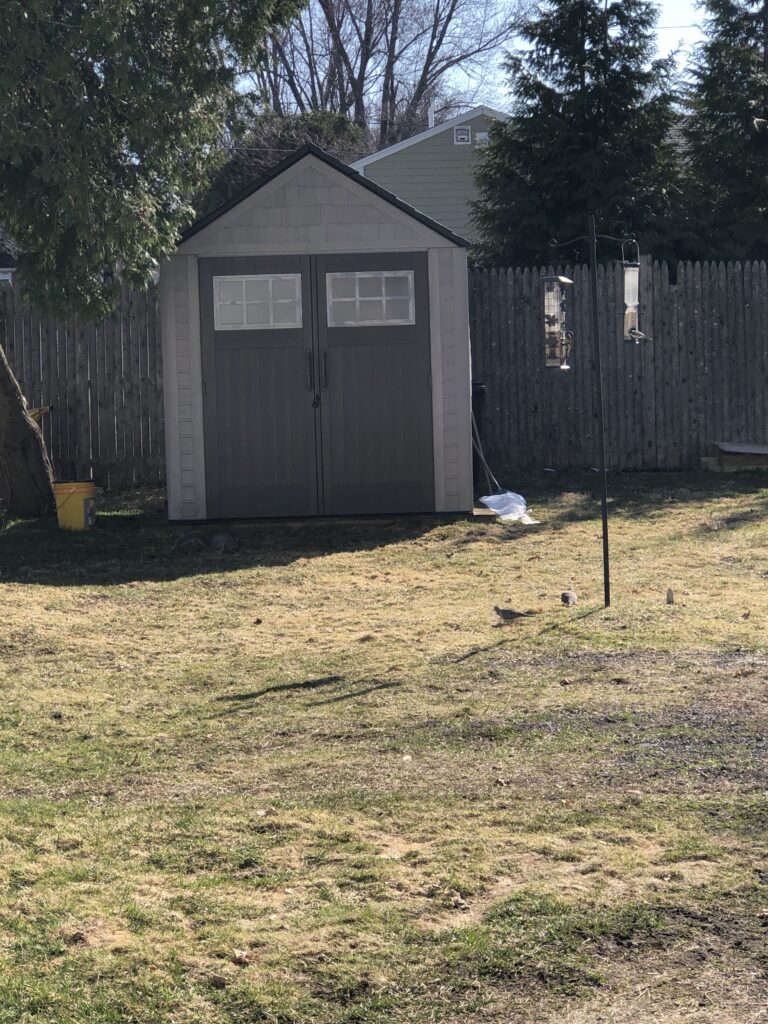
Animals 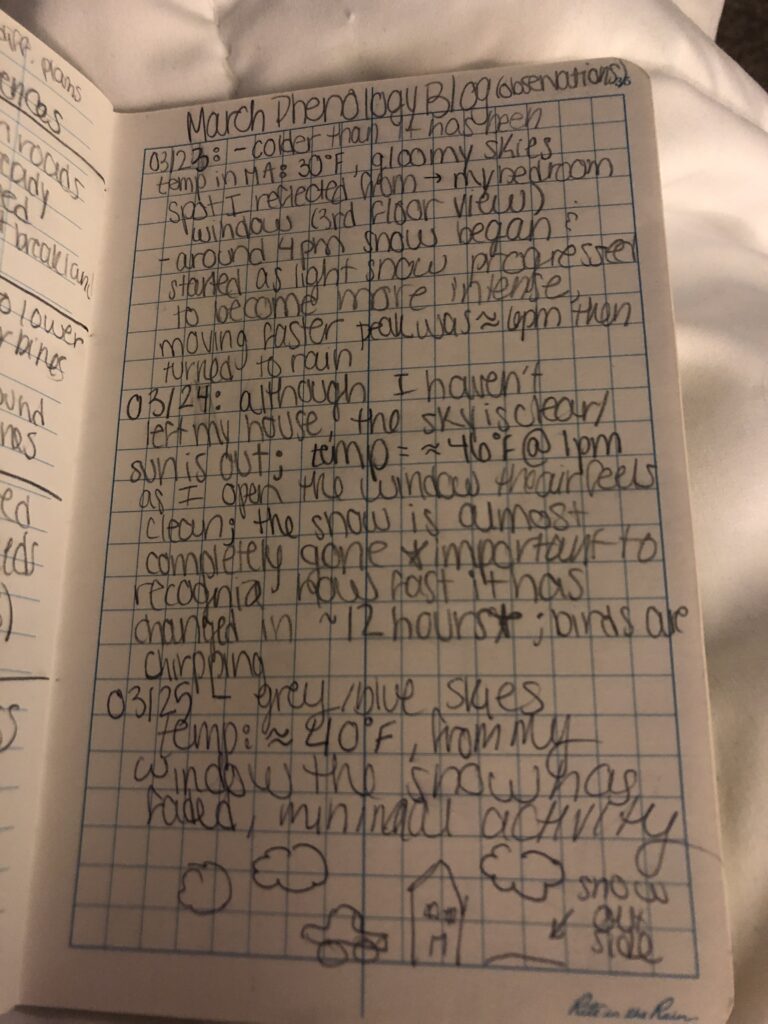
Observations for the Week
